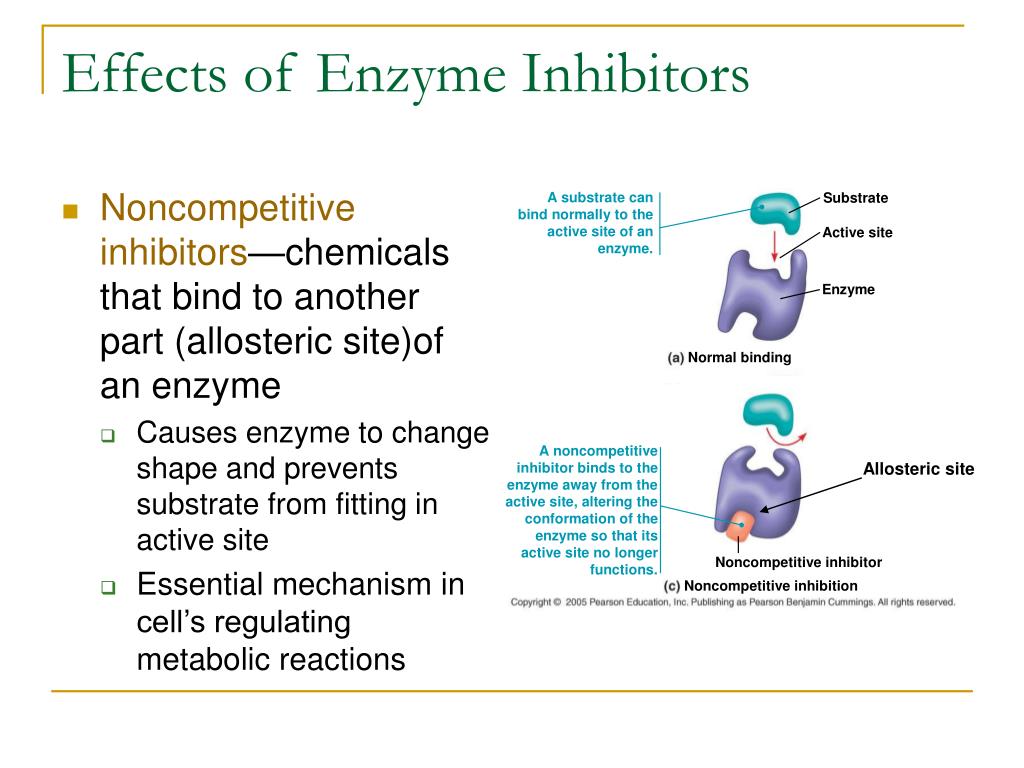

Two reactants might also enter a reaction, both become modified, and leave the reaction as two products. In others, two substrates may come together to create one larger molecule. In some reactions, a single-reactant substrate is broken down into multiple products. There may be one or more substrates for each type of enzyme, depending on the particular chemical reaction. A continued increase in substrate concentration results in the same activity as there are not enough enzyme molecules available to break down the excess substrate molecules.\)Įnzyme Active Site and Substrate SpecificityĮnzymes bind with chemical reactants called substrates. An optimum rate is reached at the enzyme’s optimum substrate concentration. This is because a point will be reached when the enzymes become saturated and no more substrates can fit at any one time even though there is plenty of substrate available.Īs the substrate concentration increases so does the rate of enzyme activity. However, the rate of enzyme activity does not increase forever. As the concentration of the substrate increases, so does the rate of enzyme activity. Substrate concentrationĮnzymes will work best if there is plenty of substrate. A continued increase in pH results in a sharp decrease in activity as the enzyme’s active site changes shape. An optimum activity is reached at the enzyme’s optimum pH, pH 8 in this example. In the graph above, as the pH increases so does the rate of enzyme activity. For example, enzymes in the small intestine have an optimum pH of about 7.5, but stomach enzymes have an optimum pH of about 2. The optimum pH for an enzyme depends on where it normally works. Each enzyme work bests at a specific pH value. Effects of pHĬhanges in pH also alter the shape of an enzyme’s active site. A continued increase in temperature results in a sharp decrease in activity as the enzyme's active site changes shape.

An optimum activity is reached at the enzyme's optimum temperature. This is shown in the graph below.Īs the temperature increases so does the rate of enzyme activity. However, at high temperatures the rate decreases again because the enzyme becomes denatured and can no longer function. \ TemperatureĪs with many chemical reactions, the rate of an enzyme-catalysed reaction increases as the temperature increases.


 0 kommentar(er)
0 kommentar(er)
